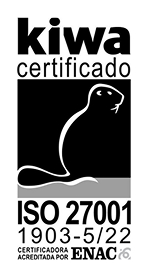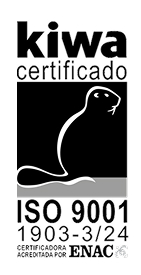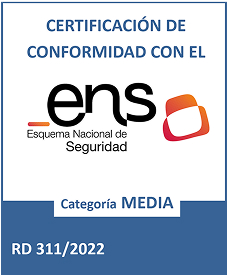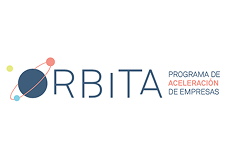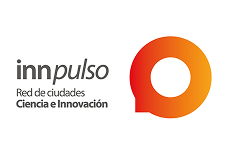How to start implementing web accessibility?
If you’ve made it this far, you’re probably already convinced that you need to improve your company’s digital accessibility. The good news is that you don’t need to redesign your website from scratch to start becoming more accessible.
Here’s a clear roadmap with concrete steps you can follow starting today:
1. Evaluate your website with a professional audit
Before taking action, you need to know what barriers currently exist. Can a user with low vision navigate your website? Can your forms be filled out without using a mouse? Is the content well-structured?
To help you, Acctua offers a free web accessibility audit, which analyzes your site and shows you the necessary improvements.
✅ Example: An online store discovers that its purchase buttons cannot be activated with a keyboard. This prevents users with reduced mobility from purchasing. After the audit, the issue is resolved in a matter of days.
👉 Request your free audit here.
2. Apply progressive improvements to your website
Once you’ve identified the critical points, you don’t need to address everything at once. Prioritize the most impactful improvements, such as:
- Key elements such as navigation, forms, or shopping cart.
- Color contrasts and font size.
- Textual alternatives for images (attribute
alt). - Adequate semantic structure (correct use of labels
<h1>,<h2>, etc.).
✅ Example: An online training academy starts by adding subtitles to its videos so that deaf people can also follow its courses.
3. Add a flexible accessibility layer
In parallel with internal improvements, you can incorporate a web accessibility tool like the one we offer at Acctua. This layer doesn’t modify your website’s original design, but allows users to adapt navigation to their needs.
Some features your visitors can activate:
- Increase text size.
- Navigate by voice.
- Change the font to more legible options for dyslexics.
- Activate high contrast or dark mode.
- Read the content aloud.
- Reduce complex visual elements.
✅ Example: A law firm installs our accessibility solution and an elderly client is able to read and submit a form without assistance for the first time.
4. Build your team
Web accessibility isn’t just the programmer’s responsibility. It’s also important how texts are written, how they are designed, and how information is structured. Training your team ensures that future content is also accessible.
- Writers should use clear language and descriptive links.
- Designers must consider contrast, legibility and color.
- Developers should use semantic HTML and ARIA tags where necessary.
✅ Example: An SME incorporates best practices into its marketing team so that new content is already published with accessibility criteria.
5. Make accessibility an ongoing commitment
An accessible website isn’t a finished project, but an ongoing commitment. Technology changes, content is updated, and needs evolve.
Practical recommendations:
- Review accessibility periodically or after redesigns (we regularly check our clients’ accessibility).
- Listen to your users’ suggestions.
- Stay informed about new regulations or standards (such as WCAG 2.2).
- Integrate accessibility into your development and design processes.
✅ Example: A technology company includes accessibility reviews in every development sprint as part of its agile workflow.
Conclusion
Implementing web accessibility is easier than it seems if done with planning and professional support. Every step you take not only improves your users’ digital experience, but also your brand’s positioning and image.
Request your free audit and take the first step toward an inclusive website.
